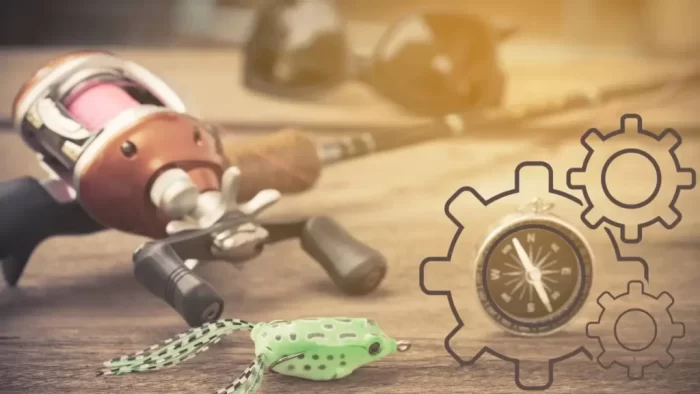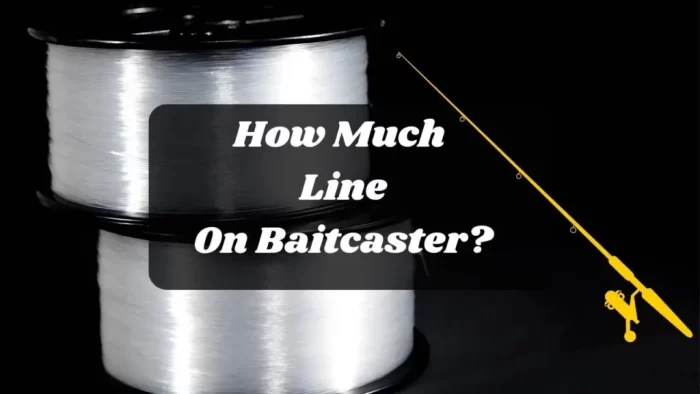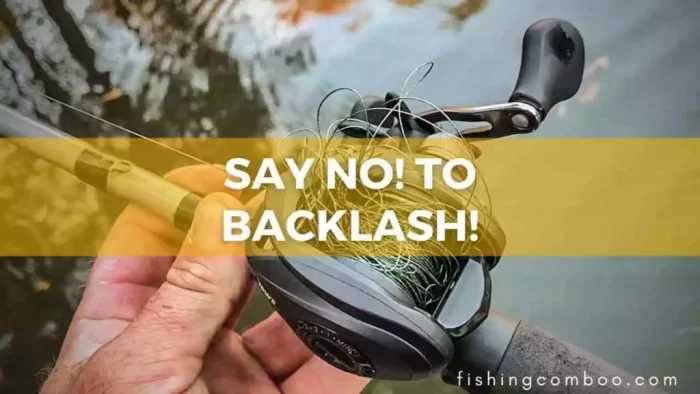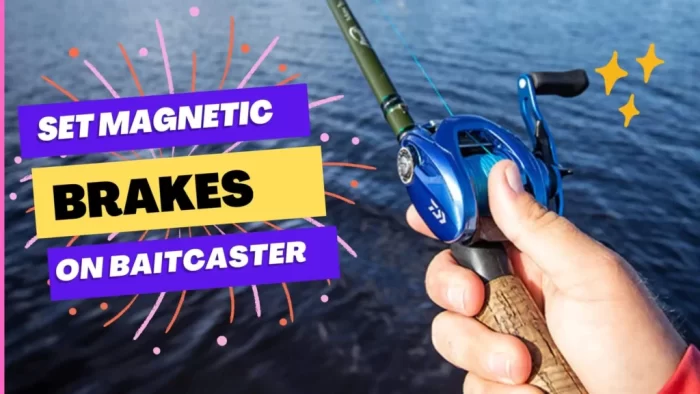
If you’re an avid fisherman, then you know that having a baitcaster is essential to success out on the water. Baitcasters are designed to cast lures and baits with precision and accuracy, giving you the best chance of landing a big one. It can be frustrating and even dangerous if your baitcaster isn’t set up properly. That’s why setting your baitcaster’s magnetic brake is so important.
So in today’s article, we’ll show you how to set magnetic brake on baitcaster properly. We’ll also give tips on adjusting the brake if you’re having trouble casting. But before setting up the brakes, you need to know about the baitcaster’s basics and how they work; then, you’ll be able to set brakes easily. Let’s get started!
table of contents
Baitcaster Basics and How It Works
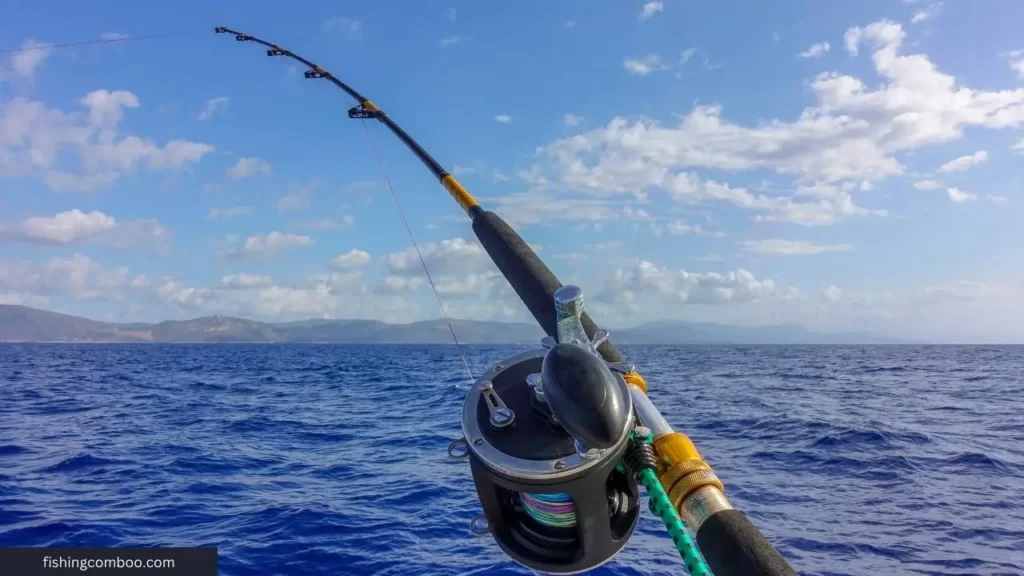
Baitcasters are fishing reels with revolving spools that cast a line. This reel type is also called a brake casting or a casting reel. The first baitcasting reel was invented in 1810 by Englishman George Snyder, and the design has remained relatively unchanged.
The Baitcaster’s Basic Operation is as Follows:
The angler first attaches the line to the reel and then wraps it around the spool. It’s time to release the line from the reel after opening the bail. As the line leaves the spool, it passes through a set of guide eyes that help direct the line. The spool then rotates, and the line is cast out.
The angler uses his thumb to apply pressure to the spool to control the bait caster. This pressure applied to the spool slows down its rotation and prevents the line from being cast out too quickly. The amount of pressure that can be applied to the spool is controlled by the magnetic or centifigural brakes.
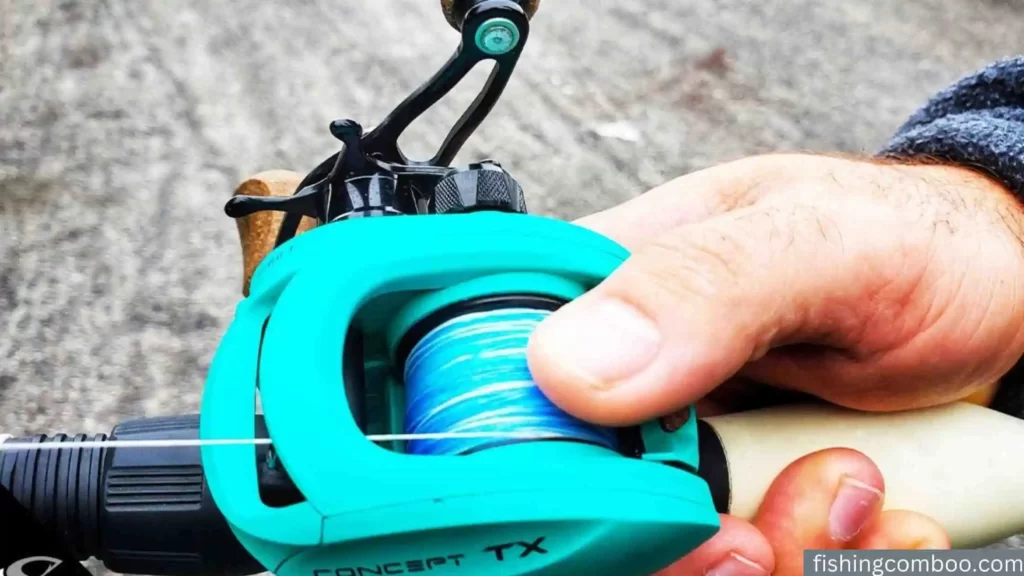
How to Set Magnetic Brake on Baitcaster Step by Step
What is a Magnetic Brake on a Baitcaster?
The magnetic brake is a simple device that uses magnets to apply braking force to the spool. The strength of the magnets can be adjusted, which controls how much braking force is applied to the spool.
Method To Set Magnetic Brakes – 3 Easy Steps
To adjust the magnetic brakes on your bait-caster, you need to follow the simple steps given below:
Step 1:
The first thing you need to do is find the right setting for your particular baitcasting reel. A knob or lever is usually located on the reel’s side to control the braking mechanism. Start adjusting this until the spool doesn’t spin when you release it.
The magnetic brake usually has 3 different settings: light, medium, and heavy. It depends on the kind of fish and the conditions you’re fishing in to determine what setting is best for you.
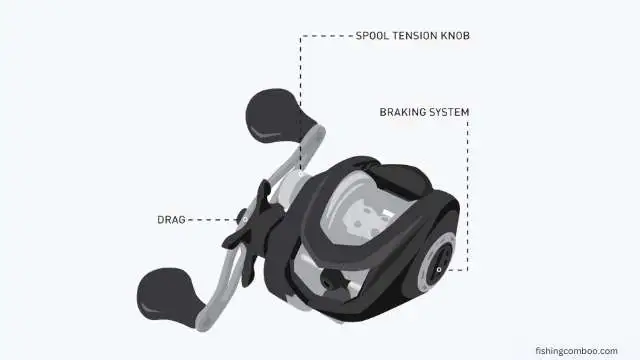
Learn More: How to Use a Baitcaster For the First Time
You’ll want to use the light setting if you’re casting a light lure in calm conditions. You’ll want to use the heavy setting if casting a heavy lure in windy conditions. And if you’re somewhere in between, you’ll want to use the medium setting.
When finding the perfect setting, ensure the magnets are aligned properly. The magnets should be lined up and evenly spaced around the spool. If they’re not, the brake will be less effective.
Step 2:
Your next step will be to adjust the cast control knob. This controls how much line is released with each cast. Setting it at the lowest possible setting is the best place to start. Once you find a happy medium between distance and accuracy, gradually increase the setting.
The cast control knob can be adjusted to suit your personal preferences and fishing style – there is no single “best” setting. Some anglers prefer to set it at a higher setting for greater distance, while others opt for a lower setting for more accuracy. Ultimately, it’s up to you to experiment and find what works best for you.
To start, set the cast control knob to the lowest setting possible. Gradually increase the setting until you achieve a balance between distance and accuracy. Once you’ve got the hang of it, you can start playing around with different settings to see what works best for you.
Remember that the higher the setting, the greater the risk of “bird’s nesting” – this is when the line gets tangled around the spool. If this happens, simply stop fishing and carefully untangle the line. When it’s all sorted out, you can fish without any issues.
Step 3:
Finally, practice casting with your new settings. It might take a few tries to get the hang of it, but soon enough, you’ll be casting like a pro.
It’s simple to set your baitcaster’s magnetic brake with these steps. Soon enough, you’ll be reaping the benefits out on the water.
How to Align Magnets in Baitcaster?
To align the magnets, loosen the screws that hold them in place and move them until they’re evenly spaced. Once you’ve done that, tighten the screws, and you’re ready to go.
One final tip: if you find that your baitcaster is still casting too far, you can try adding a bit of weight to the spool. This will help slow down the spool’s rotation and prevent the line from being cast out too quickly.
Read Our Reviews: 10 Best Baitcaster Combos in 2023 With Buying Guide
Magnetic vs. Centifigural Braking System Which is Best?
When it comes to baitcasting reels, there are two main braking systems: magnetic and centrifugal. So, which is the best braking system for baitcasting? For your consideration, let’s examine the pros and cons of each.
Advantages of Magnetic Brakes:
- More control over your casts
- Less chance of backlash
- Easier to adjust
Disadvantages of Magnetic Brakes:
- It can be less effective in windy conditions
- Not as strong as centrifugal brakes
Advantages of Centrifugal Brakes:
- In windy conditions, it is more effective
- Increased power and torque
- It can be adjusted on the fly
Disadvantages of Centrifugal Brakes:
- More difficult to adjust
- More chance of backlash
- It can be less precise than magnetic brakes
So, which braking system is best for you? According to your fishing preferences and the conditions, it will be different. A magnetic brake system is a good choice if you’re fishing in calm conditions and want more precision over your casts.
If you’re fishing in windy conditions or want more power and torque, then a centrifugal brake system is the way to go. Whichever braking system you choose, adjust it properly to avoid backlash and get the most out of your baitcasting reel.
Frequently Asked Questions
What is the knob on the side of a baitcaster for?
There is a knob on the side of a baitcaster called a cast control knob. This knob controls how much line is released with each cast. By setting the cast control knob at the lowest possible setting, you can gradually increase the setting until you find a happy medium between accuracy and distance. Ultimately, you have to experiment to see what works best for you.
What is the difference between a baitcasting reel and a spinning reel?
Spinning reels are mounted underneath the rod, while baitcasting reels are mounted on top. This is the main difference between the two. Baitcasting reels are also generally more powerful than spinning reels, making them better suited for heavier lures and fish.
Additionally, baitcasting reels allow you to make more accurate casts as you can control the number of lines released with each cast. The choice between reel types is ultimately up to you.
How do you adjust centrifugal brakes on a baitcaster?
Centrifugal brakes are adjusted by turning the brake blocks in or out. Using a Phillips head screwdriver, loosen the screws holding the brake blocks in place. Then, simply twist the brake blocks clockwise until they’re tight against the spool.
Use a Phillips head screwdriver to loosen the screws holding the brake blocks in place. Then, simply twist the brake blocks counterclockwise until they’re loose against the spool. Finding the right setting ultimately comes down to experimentation.
Conclusion
Overall, setting the magnetic brake on your bait caster is a relatively simple process. By following the steps outlined above, you’ll be able to do it easily. Just remember to experiment and find what settings work best for you.
Do you have any tips on setting the magnetic brake on a bait caster? Share them in the comments below!


